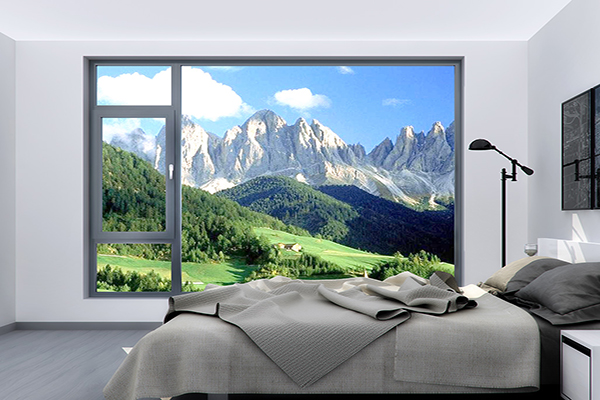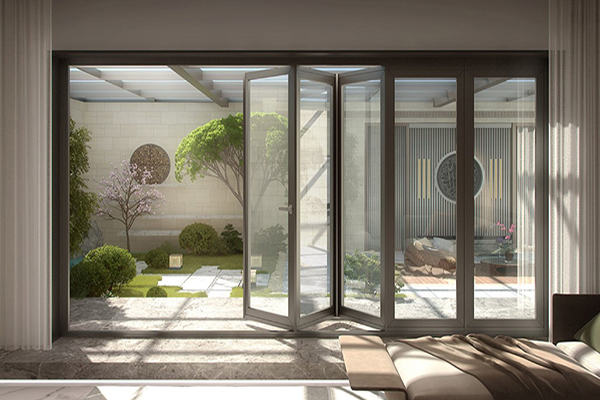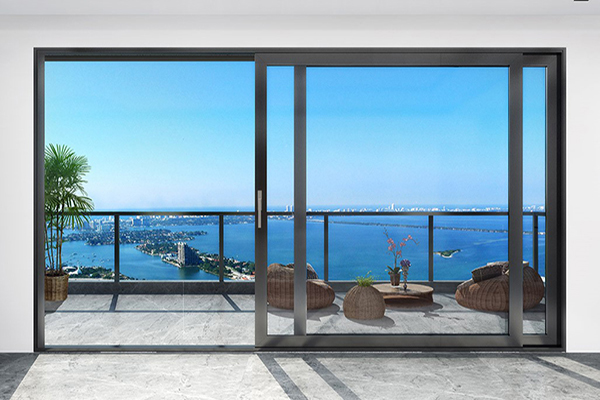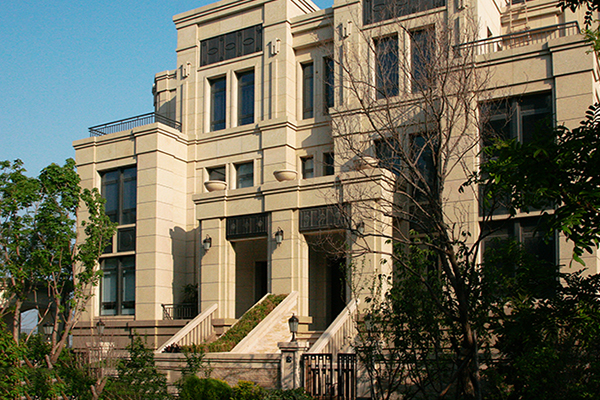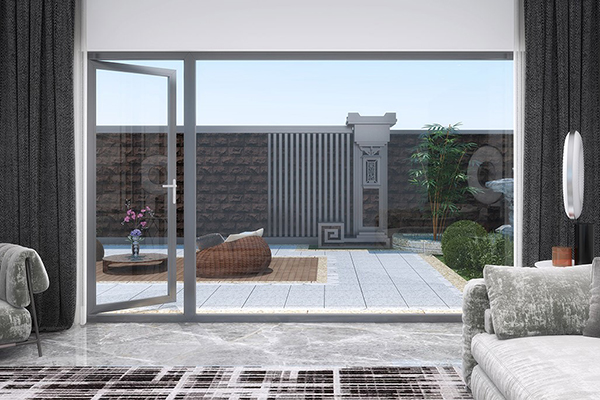How to Choose Casement Aluminum Window: Part 2
In Part 1, we explored the essentials of casement aluminum windows, including their unique features and the initial factors to consider—frame quality, glass options, and size/configuration. Now, in Part 2, we’ll delve into the remaining critical aspects of choosing these windows, such as energy efficiency, hardware, aesthetics, durability, cost, and installation. We’ll also provide a practical step-by-step guide, highlight advantages and drawbacks, and wrap up with a conclusion to tie it all together.
Key Factors to Consider When Choosing Casement Aluminum Windows (Continued)
4. Energy Efficiency of Casement Aluminum Window
Energy efficiency is a top priority for modern windows, as it impacts both comfort and utility costs. Here’s how to evaluate it:
U-Value: This measures heat transfer through the window (lower is better). Look for a U-value below 0.30 for good insulation.
Solar Heat Gain Coefficient (SHGC): This indicates how much solar heat the window allows in (0 to 1). A lower SHGC is better for hot climates, while a higher SHGC suits colder regions.
Air Leakage: Casement windows excel here because their sash presses tightly against the frame when closed, creating an airtight seal. Ensure the window has quality weatherstripping to maintain this advantage.
Certifications: Look for Energy Star ratings or compliance with local building codes to ensure efficiency standards are met.
In climates with extreme temperatures, prioritize thermal breaks, double or triple glazing, and Low-E coatings to optimize performance. Efficiency saves money and enhances livability.
5. Hardware and Operation of Casement Aluminum Windows
The hardware determines how smoothly and securely your casement window operates:
Crank Mechanism: Most casement windows use a crank handle to open and close. Choose a durable, corrosion-resistant crank (e.g., stainless steel) that folds away when not in use for a clean look.
Hinges: Heavy-duty hinges are essential for larger windows to support the sash’s weight. Look for multi-point locking systems for added security.
Handles and Locks: Opt for ergonomic handles in a finish that matches your frame (e.g., color-coded or metallic). Multi-point locks enhance security by securing the sash at multiple points along the frame.
Ease of Use: Test the mechanism if possible. It should operate smoothly without excessive force, even in hard-to-reach locations.
High-quality hardware ensures long-term functionality and security, so avoid cutting corners here.
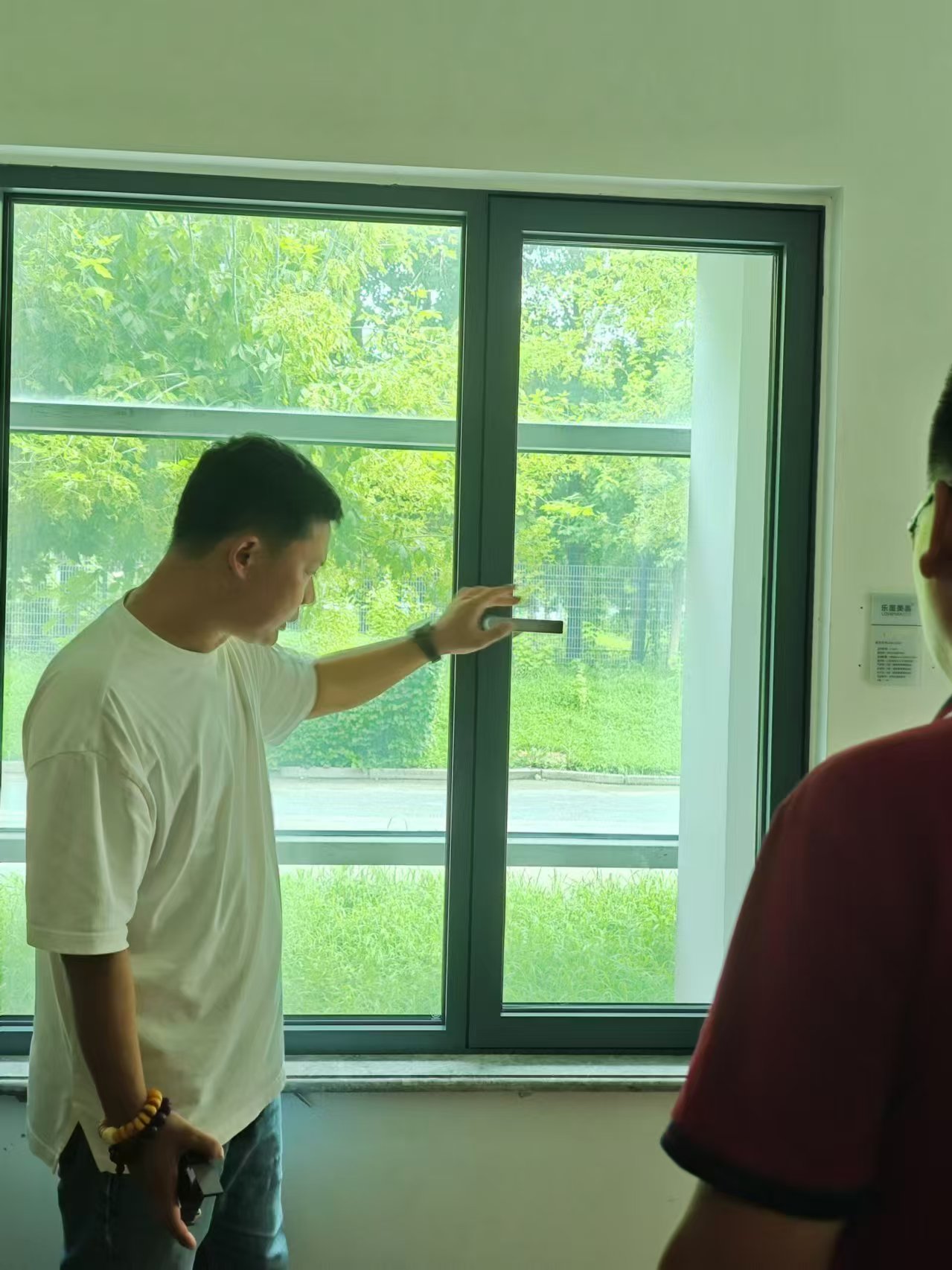
6. Aesthetic and Customization Options of Casement Aluminum Window
Casement aluminum windows offer significant design flexibility:
Color: Powder-coated aluminum comes in virtually any color, from classic white or black to bold metallic shades. Dual-color options (different inside and outside) are also available for a tailored look.
Grilles: Add Georgian bars or other grille patterns for a traditional aesthetic, or keep it sleek and modern with no grilles for unobstructed views.
Frame Style: Slimline frames maximize glass area and light, while thicker frames offer a more robust, industrial look.
Complementary Styles: Pair casement windows with fixed panels, awning windows, or sliding units to create a cohesive design.
Match the window’s style to your home’s architecture—modern homes favor minimalist frames, while traditional homes may benefit from grille patterns.
7. Durability and Maintenance of Casement Aluminum Window
Aluminum’s inherent durability makes it a low-maintenance choice, but consider these factors:
Corrosion Resistance: Ensure the finish protects against rust, especially in humid or coastal areas. Anodized or high-quality powder-coated frames excel here.
Weather Resistance: The window should withstand wind, rain, and UV exposure without warping or fading. Check for high water resistance ratings (e.g., 720 Pascal per NAFS-17 standards).
Cleaning: Casement windows are easy to clean when fully opened, especially inward-swinging models. Aluminum frames require only soap and water, unlike wood, which needs regular refinishing.
For minimal upkeep, choose a reputable manufacturer with a strong warranty (e.g., 10–20 years) on the frame and hardware.
8. Budget and Cost Considerations of Casement Aluminum Window
Cost varies widely based on size, features, and brand. Here’s how to balance quality and budget:
Initial Cost: High-quality aluminum casement windows are pricier than basic vinyl or wood options but offer better longevity. Expect to pay 30% more for premium models over low-end alternatives.
Long-Term Value: Factor in energy savings, durability, and low maintenance. Aluminum windows can last 45 years or more, making them a cost-effective investment.
Customization: Custom sizes, colors, and advanced glass options increase costs. Prioritize features that align with your needs (e.g., energy efficiency over decorative grilles if budget is tight).
Get quotes from multiple suppliers and compare warranties and included services (e.g., installation).
9. Installation Requirements of Casement Aluminum Window
Proper installation is critical for performance and longevity:
Professional vs. DIY: Unless you’re experienced, hire a professional to ensure a tight seal, proper alignment, and compliance with building codes.
Window Opening: Verify that your opening matches the window size, accounting for casing, brickmould, and jamb extensions if needed.
Regional Codes: Check local regulations for energy efficiency, safety (e.g., egress requirements), and wind load resistance, especially in storm-prone areas.
A poorly installed window can negate its benefits, so choose a reputable installer with good reviews.
Step-by-Step Guide to Choosing Your Casement Aluminum Window
Assess Your Needs: Determine the window’s purpose (ventilation, light, security) and location (kitchen, bedroom, etc.).
Measure the Opening: Take precise measurements of width, height, and depth, or hire a professional to do so.
Set a Budget: Decide how much you’re willing to spend, balancing initial cost with long-term value.
Research Manufacturers: Look for brands with strong reputations, warranties, and customizable options (e.g., Andersen, Milgard, Origin).
Choose Frame and Glass: Select a durable frame with thermal breaks and glass suited to your climate.
Pick Hardware and Style: Opt for reliable cranks and locks, and customize the color and design.
Evaluate Energy Efficiency: Check U-value, SHGC, and certifications to ensure performance.
Get Quotes: Compare prices and services from multiple suppliers.
Plan Installation: Schedule a professional installation and verify compliance with local codes.
Advantages of Casement Aluminum Windows
Ventilation: Full opening allows maximum airflow.
Views: Minimal framing offers unobstructed sightlines.
Durability: Aluminum resists weather and wear for decades.
Energy Efficiency: Tight seals and advanced glass options reduce energy loss.
Security: Multi-point locks and strong frames deter intruders.
Low Maintenance: No painting or refinishing required.
Potential Drawbacks and Solutions
Cost: Higher upfront cost than vinyl; offset by longevity and savings.
Heat Conduction: Mitigated by thermal breaks.
Size Limits: Larger windows need robust hardware; confirm specs with the manufacturer.
Conclusion
Choosing the right casement aluminum window requires balancing practicality, aesthetics, and budget. By focusing on frame quality, glass options, size, energy efficiency, hardware, and installation, you can select a window that enhances your home’s comfort, value, and style. Whether you’re renovating a modern apartment or building a coastal retreat, casement aluminum windows offer a durable, versatile solution that stands the test of time. Take your time to research, consult experts, and prioritize features that matter most to you—your perfect window is out there waiting.
Welcome to choose the Casement Aluminum Windows of Liaoning Etaifeng Windoor Co.,Ltd.
http://www.e-tfeng.com



